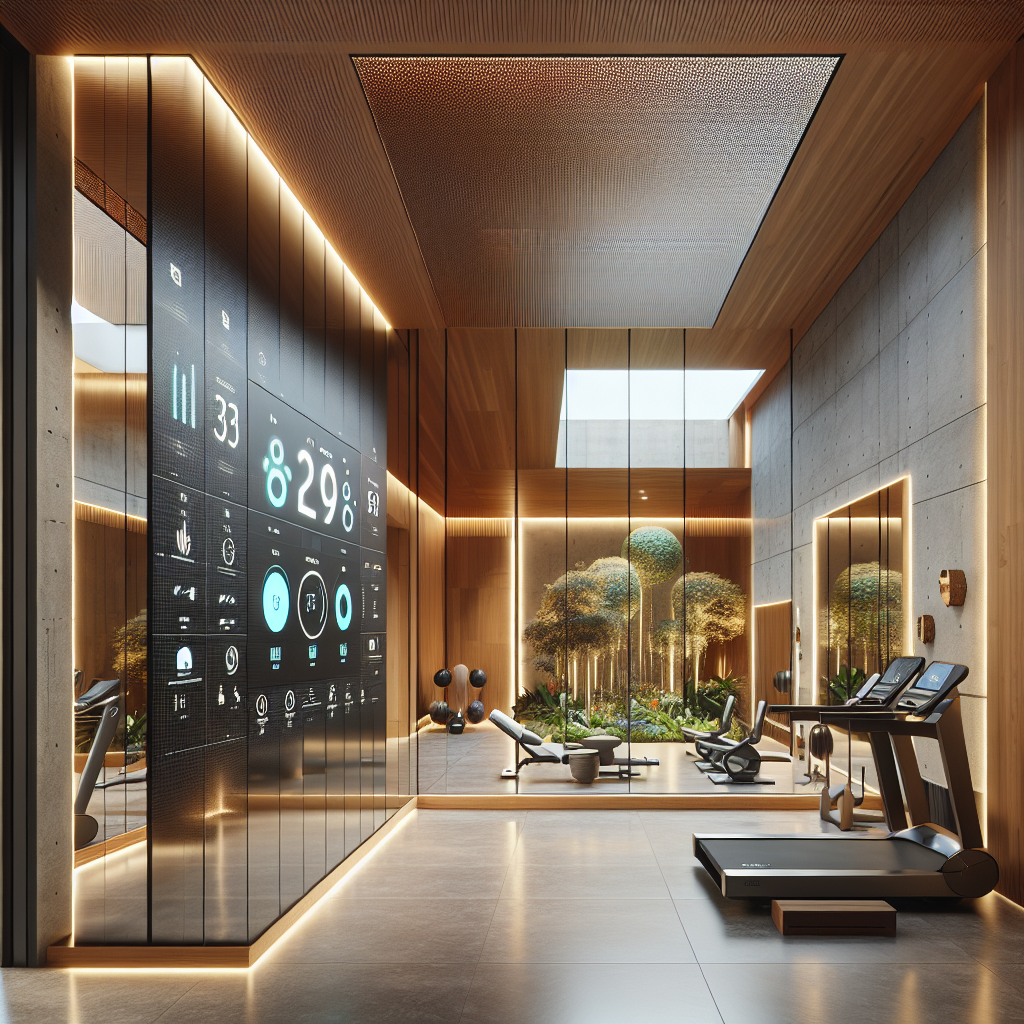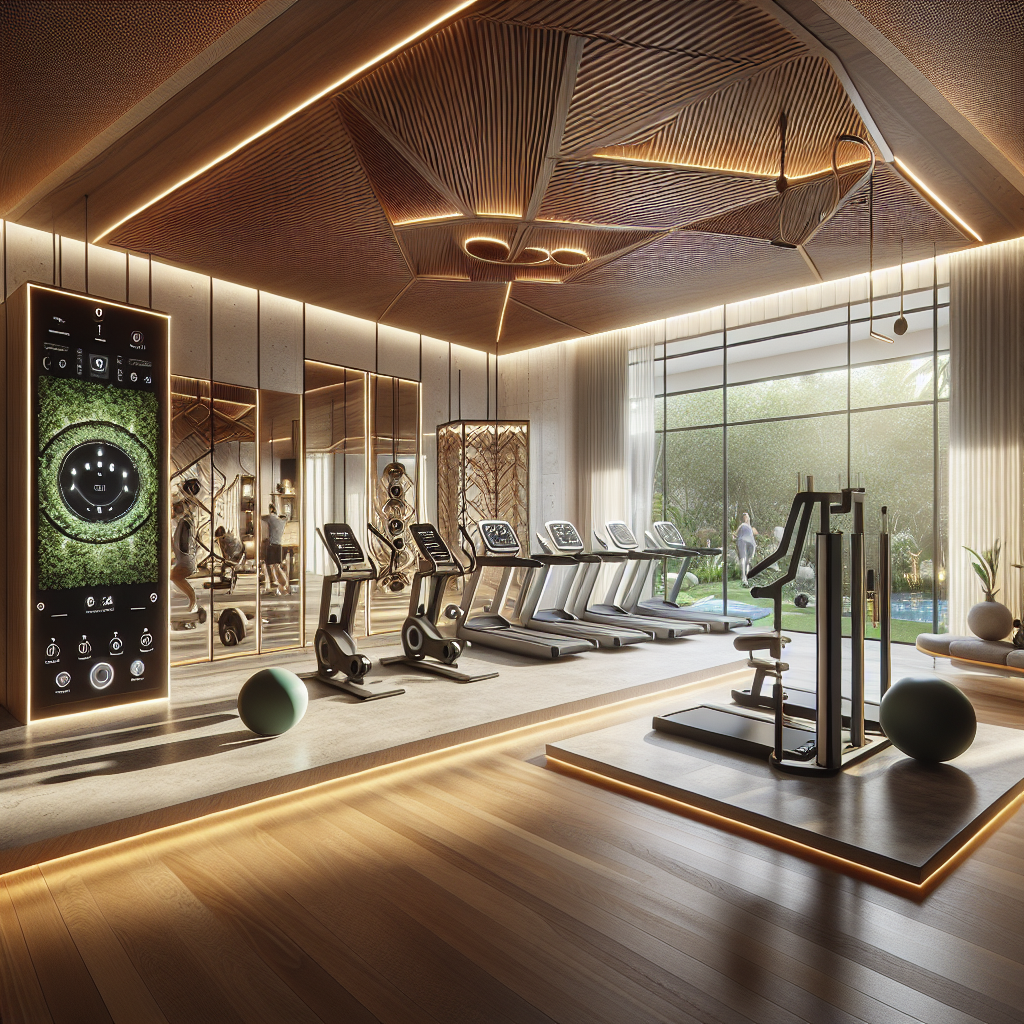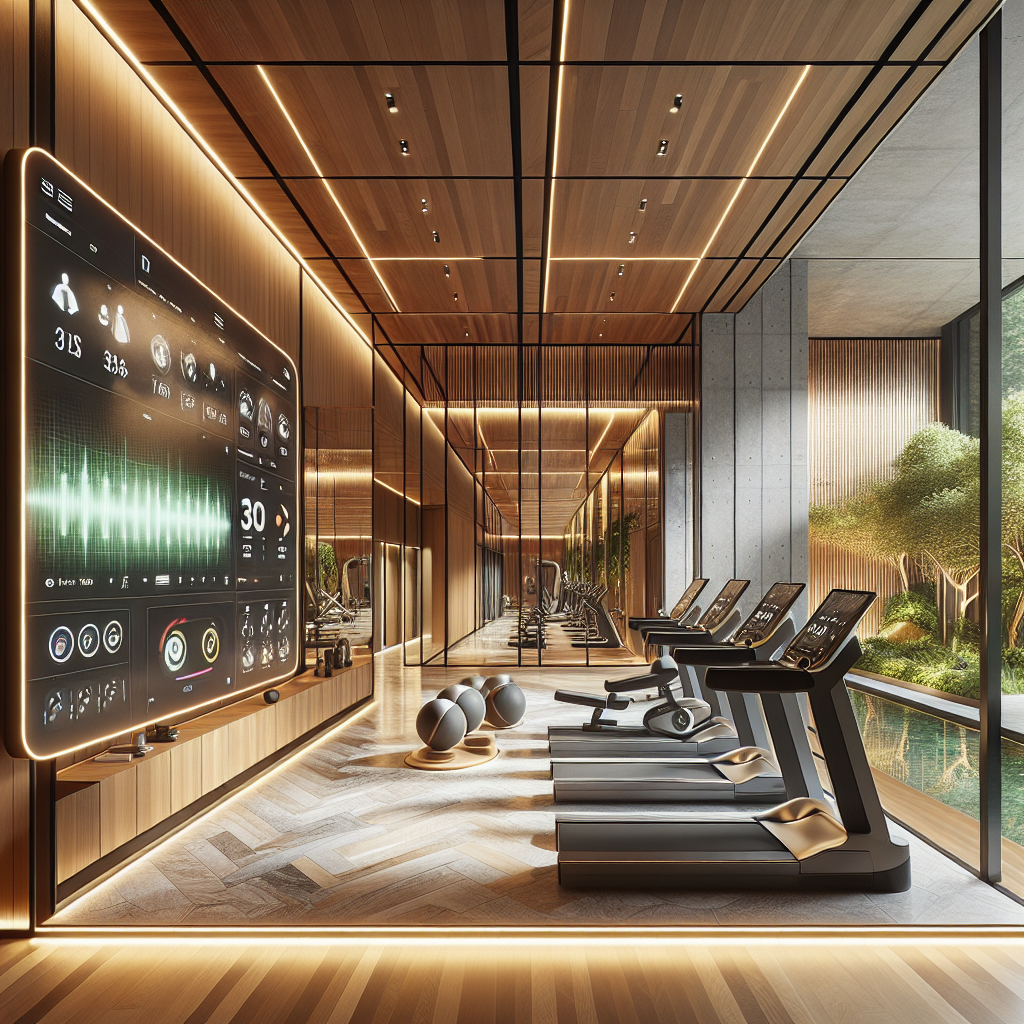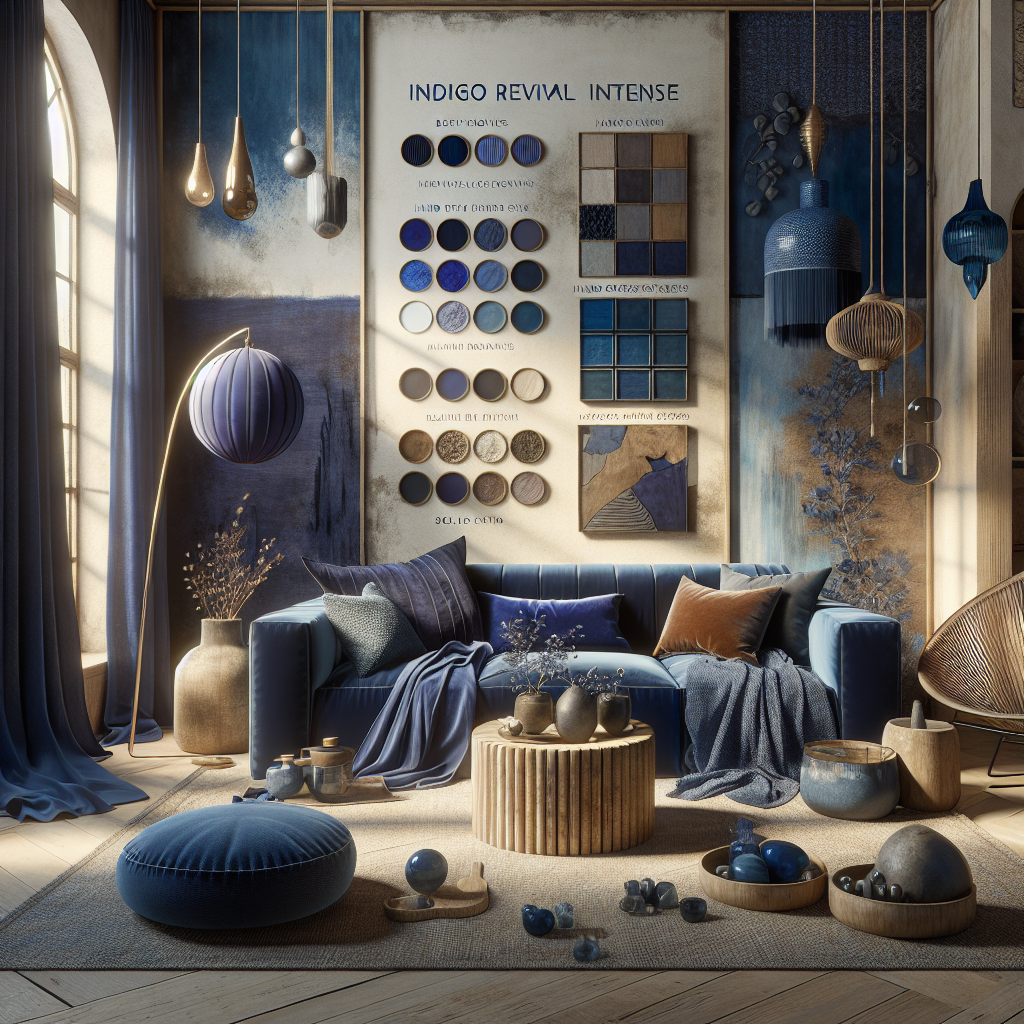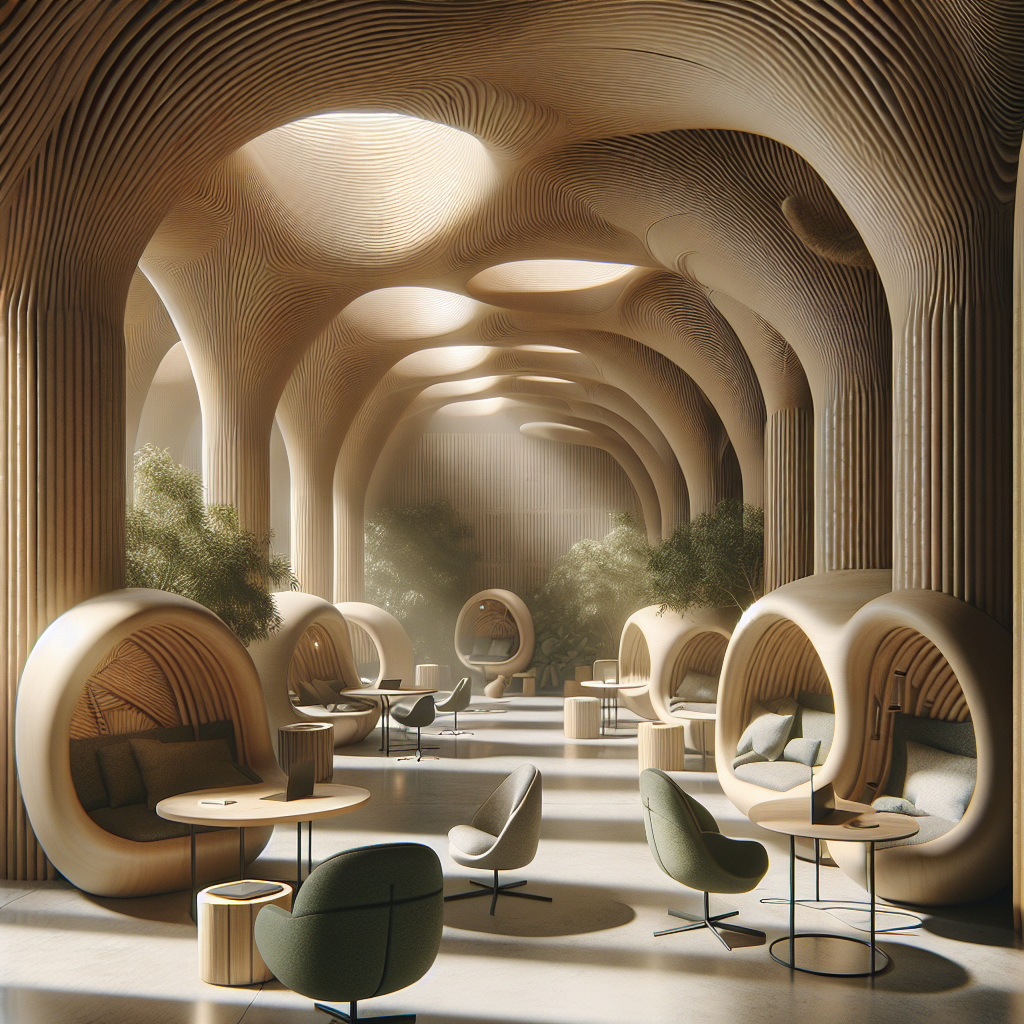Home Gym Design: Integrating Smart Fitness Technology
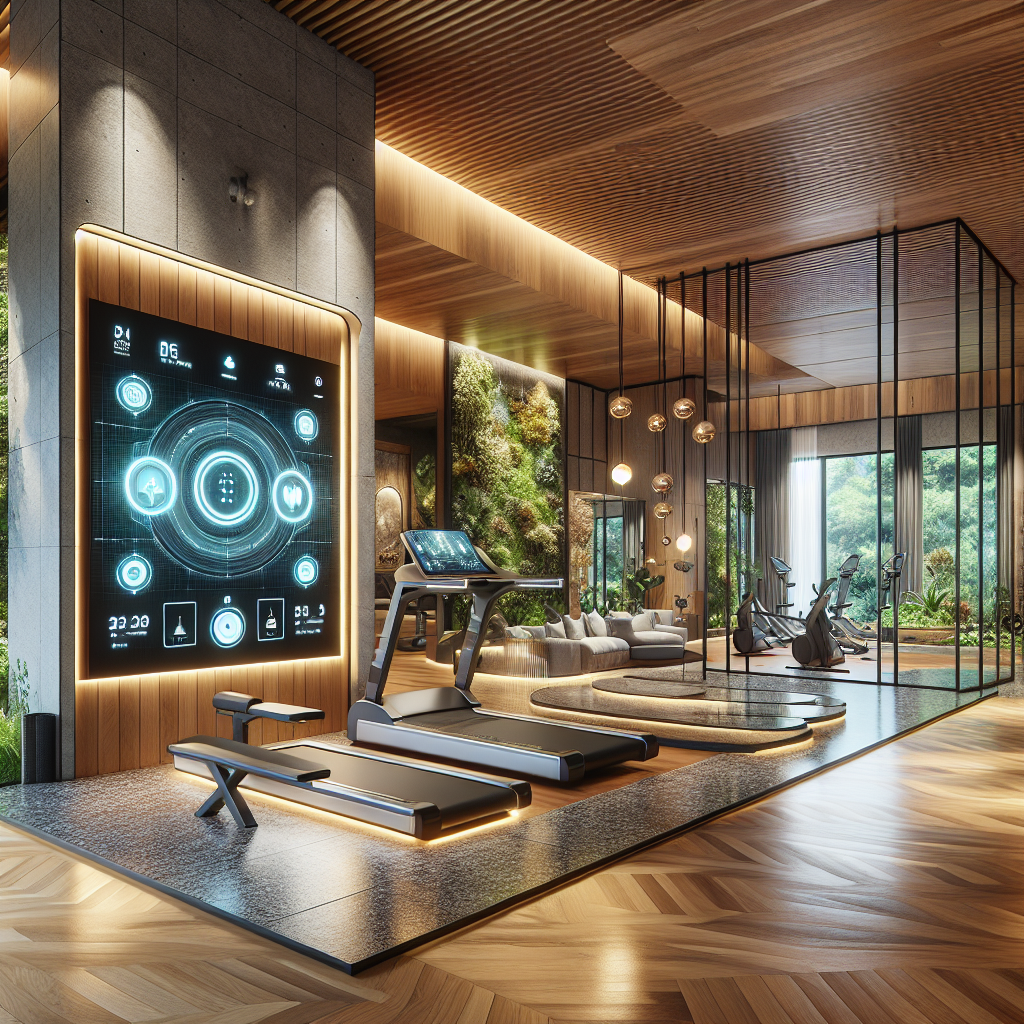
Home Gym Design: Integrating Smart Fitness Technology
In the last decade, the home has transformed into a multi-functional sanctuary—part office, part retreat, and increasingly, part wellness hub. Among these shifts, the home gym has emerged as a defining feature of contemporary residential design. Yet the modern home gym is no longer a sterile room with a treadmill and a set of dumbbells. Today, it is a carefully curated environment where smart fitness technology converges with architectural finesse, interior design sophistication, and lifestyle aspirations. For architects and designers, this evolution presents both a challenge and an opportunity: how to seamlessly integrate advanced digital systems into spaces that remain aesthetically refined, human-centric, and future-ready.
The Rise of the Smart Home Gym
Global wellness spending has surged to over $5.6 trillion according to the Global Wellness Institute, with fitness technology representing one of the fastest-growing sectors. The pandemic accelerated this trend, but its persistence reflects a deeper cultural shift: wellness is no longer a peripheral pursuit but a central component of daily life. As a result, home gym design has become a key consideration in luxury residential projects, where clients expect not only functionality but also an immersive, personalized experience.
Smart fitness technology—ranging from AI-driven workout mirrors to connected strength systems—has transformed how people engage with exercise. These devices track biometrics, provide real-time coaching, and adapt routines to individual performance. For designers, the challenge lies in embedding these technologies into interiors without compromising elegance, spatial flow, or material integrity.
Architectural Integration: Beyond the Equipment
Unlike commercial gyms, which often rely on scale and repetition, the home gym thrives on intimacy and bespoke detailing. The most successful designs treat fitness technology as part of the architectural fabric rather than as an afterthought. This means concealing wiring within custom millwork, embedding screens into mirrored walls, and integrating ventilation systems that maintain air quality without visual intrusion.
Consider the rise of smart mirrors, which double as interactive trainers. These devices demand wall placement that optimizes both lighting and user ergonomics. Architects are now designing alcoves or recessed panels that frame these mirrors like artworks, ensuring they contribute to the room’s visual harmony. Similarly, connected bikes and treadmills—once bulky intrusions—are increasingly housed within custom platforms or niches that soften their presence through materiality, whether in warm timber or stone finishes.
Lighting, Acoustics, and Atmosphere
Smart fitness technology thrives in environments that support sensory engagement. Lighting design, for instance, is no longer limited to bright overhead fixtures. Adaptive LED systems can shift from energizing daylight tones during high-intensity workouts to warmer hues for yoga or meditation. This mirrors the broader movement toward biophilic design, where light and nature-inspired elements enhance well-being.
Acoustics also play a pivotal role. With many smart devices offering immersive audio coaching or virtual classes, designers are experimenting with acoustic wall treatments and concealed speaker arrays. These not only improve sound quality but also contribute to a cocoon-like atmosphere that enhances focus and motivation.
Materiality and Aesthetic Considerations
High-end home gyms are increasingly conceived as extensions of the home’s overall design language rather than isolated functional zones. Materials such as oak, terrazzo, and natural stone are replacing rubberized flooring, creating continuity with adjacent living spaces. Glass partitions with acoustic insulation allow gyms to remain visually connected to the home while maintaining privacy and sound control.
Some projects draw inspiration from timber innovation, incorporating warm wood finishes that counterbalance the coldness of digital screens. Others experiment with reflective surfaces, echoing the trend of mirror play in interior design, to expand spatial perception while supporting fitness technology integration.
Smart Fitness Ecosystems: The Connected Experience
The true power of smart fitness technology lies in its ecosystem. Devices are no longer standalone; they communicate with one another, creating a holistic wellness environment. A workout mirror may sync with a wearable device to track heart rate, while a smart treadmill adjusts incline based on biometric feedback. These systems often integrate with broader smart home technology, allowing users to control lighting, temperature, and even air purification with voice commands or automated routines.
For architects, this requires a deep understanding of IoT ecosystems and their spatial implications. Designing a home gym today means anticipating not only the placement of equipment but also the invisible networks of connectivity that support it. The gym becomes a node within the larger smart home infrastructure, blurring the boundaries between fitness, health monitoring, and lifestyle management.
Case Studies: Design Meets Technology
In Los Angeles, a hillside residence designed by a boutique studio features a subterranean gym where walls of polished concrete are punctuated by recessed smart mirrors. The space is illuminated by a skylight shaft that tracks the sun, aligning circadian rhythms with workout routines. Here, technology is not an imposition but a natural extension of the architectural concept.
In London, a converted warehouse integrates a fitness studio where reclaimed brick walls contrast with sleek, embedded LED panels. The gym equipment is concealed within modular cabinetry, transforming the space into a minimalist gallery when not in use. This duality reflects a growing trend toward adaptive reuse in residential design, where historic character meets contemporary wellness needs.
Future Directions: From Personalization to Immersion
Looking ahead, the integration of virtual reality and augmented reality promises to further transform home gym design. Imagine a yoga session where the walls project a serene forest environment, or a cycling workout that simulates the streets of Paris. These immersive experiences demand new approaches to spatial design, where projection surfaces, acoustics, and lighting are orchestrated to create seamless virtual environments.
At the same time, sustainability is becoming a critical consideration. As the design industry embraces net-zero principles, home gyms are being reimagined with energy-efficient systems, recycled materials, and modular equipment that reduces waste. The intersection of wellness and sustainability will likely define the next chapter of smart home gym design.
Designing for the Human Experience
Ultimately, the integration of smart fitness technology into home gyms is not about gadgets—it is about creating spaces that support human well-being in nuanced, holistic ways. For architects and designers, this means balancing technological sophistication with sensory richness, material authenticity, and spatial harmony. The home gym of the future is not a machine room but a sanctuary: a place where architecture, design, and technology converge to elevate both body and mind.
As the boundaries between living, working, and wellness continue to blur, the home gym stands as a microcosm of broader design challenges: how to create environments that are adaptive, intelligent, and deeply human. For those shaping the built environment, it is an invitation to reimagine not just how we exercise, but how we live.
